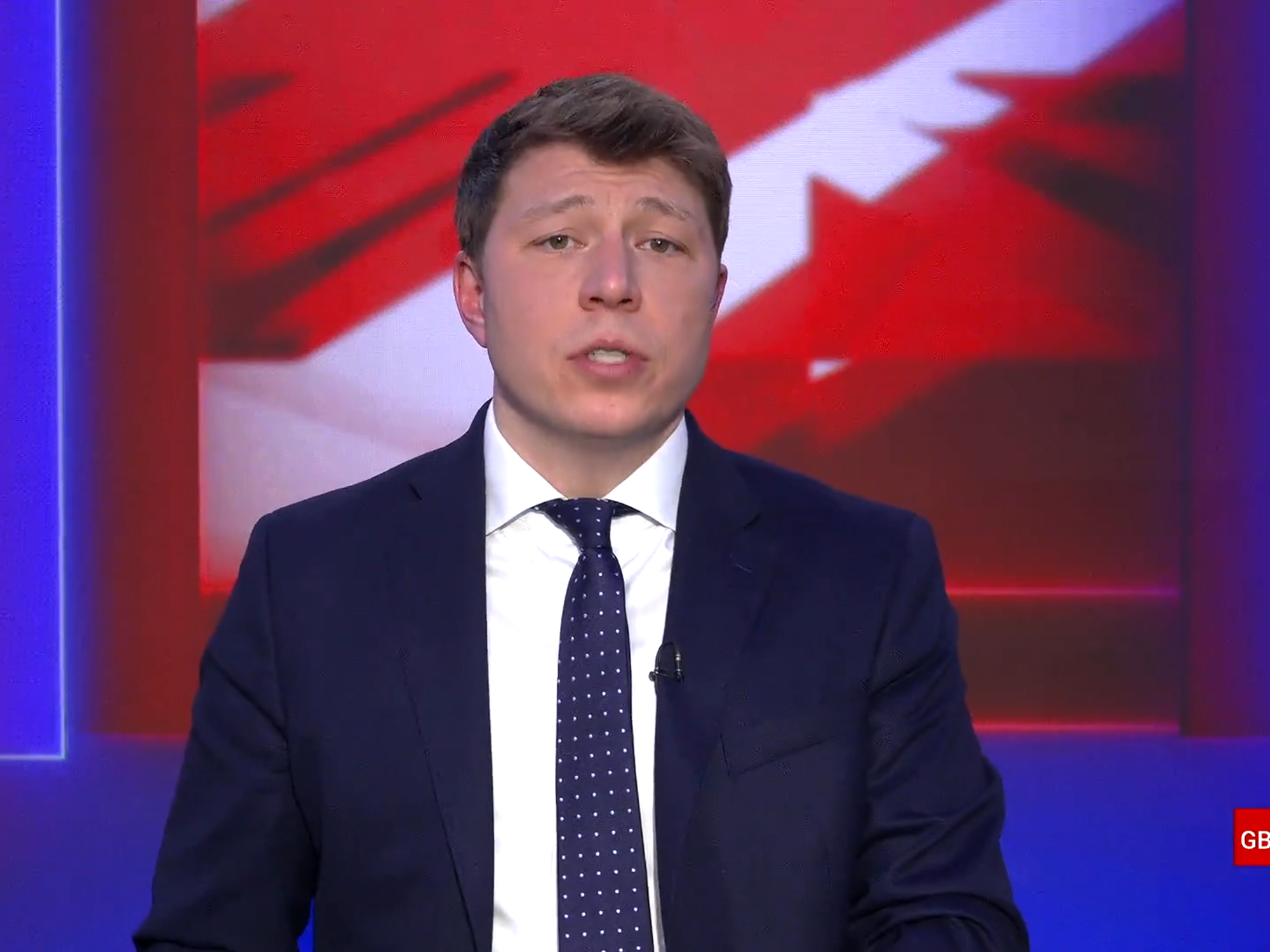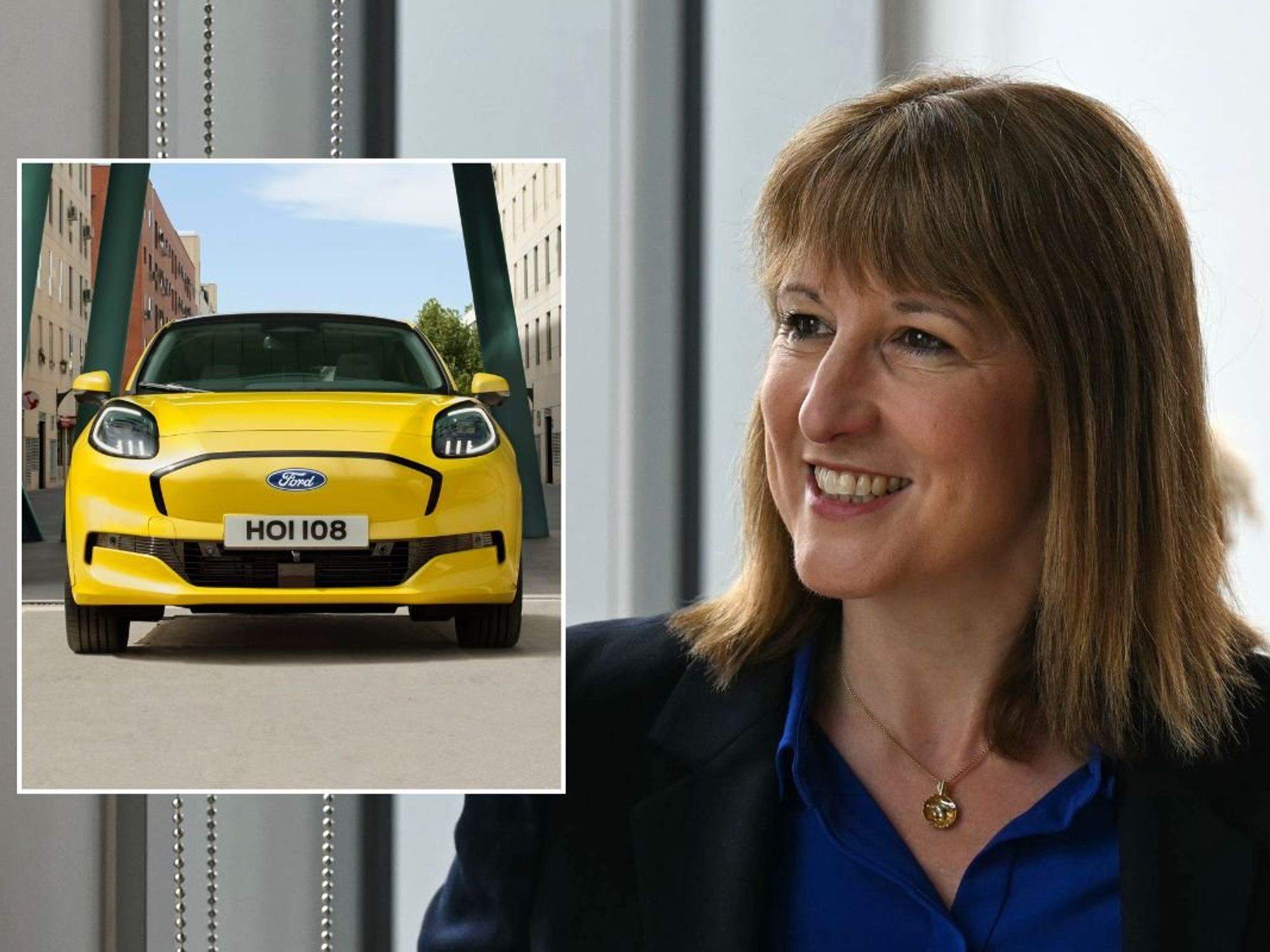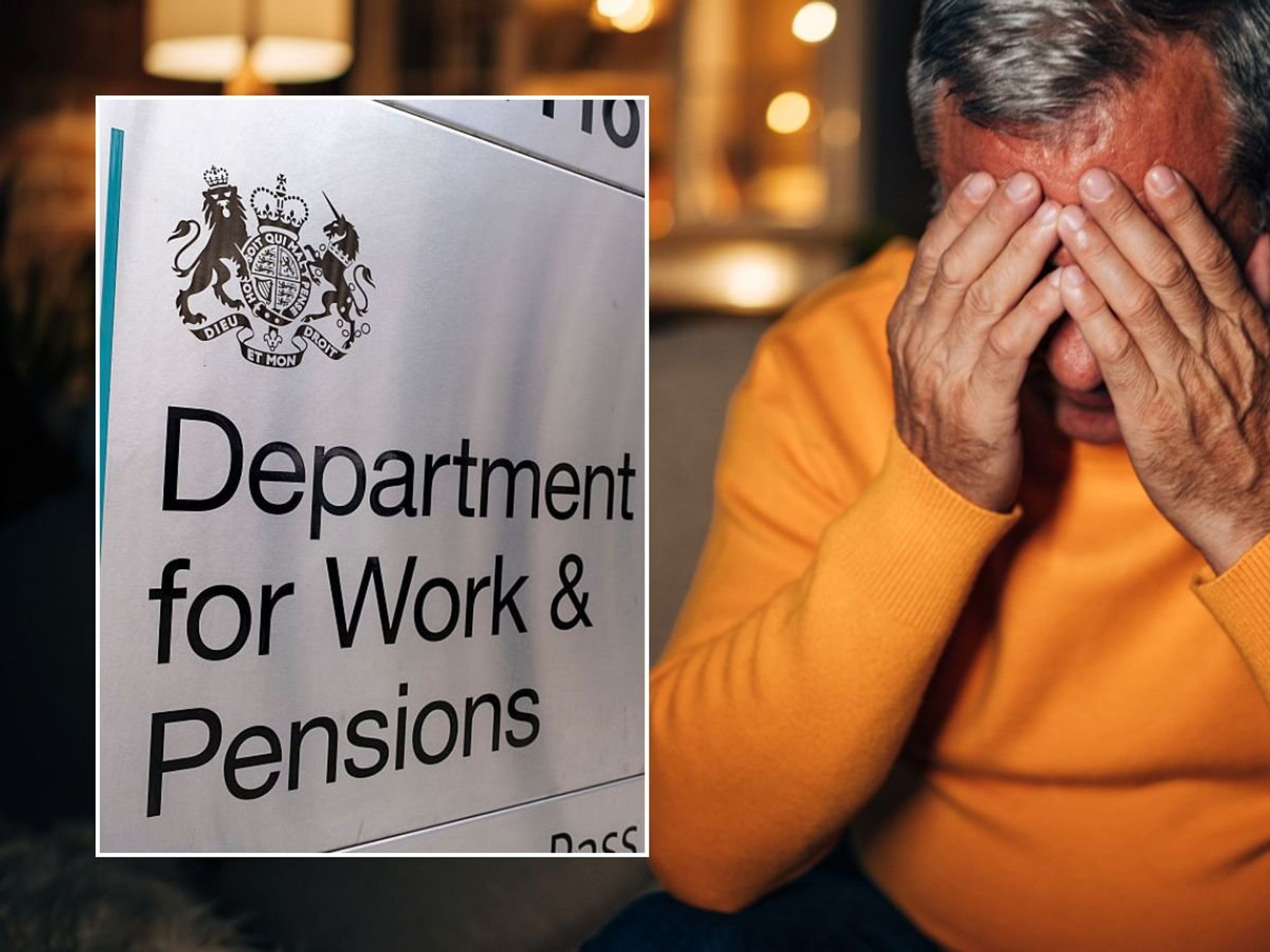PC users are switching to Windows 7 in record numbers ahead of critical Microsoft deadline for Windows 10

After years of static market share, 9.61% of all Windows users have now flocked to the 16-year-old operating system
Don't Miss
Most Read
Latest
With Microsoft poised to pull the plug on Windows 10 in a matter of days, millions of laptop and desktop PC owners find themselves at a crossroads. Sticking with Windows 10 after October 14 will put you at an increased risk of malware, Microsoft has warned. While the US company has offered one year of additional security updates at no cost... that only applies to those in mainland Europe. Britons who want the same treatment will be forced to back up their data via OneDrive, something that could result in a pricey Direct Debit to Microsoft.
You could follow Microsoft's advice and prioritise the purchase of a new device with Windows 11 preinstalled, or take advantage of its free operating system upgrade ...provided your PC meets the strict minimum requirements, something that an estimated 400 million devices fail to do.
Or you could switch to a rival operating system. Google is courting disillusioned Windows 10 users, while Apple recently added a new feature to make setting up a new MacBook even simpler for iPhone owners.
Instead of opting for any of these options, some PC owners have decided to switch to Windows 7.
According to StatCounterStatCounter, Windows 7 has been rapidly gaining market share in recent weeks — a full five years after support for the desktop operating system was officially terminated. At the latest count, Windows 7 is now used by some 9.61% of all Windows PCs worldwide. That's an increase from the 3.59% just one month ago.
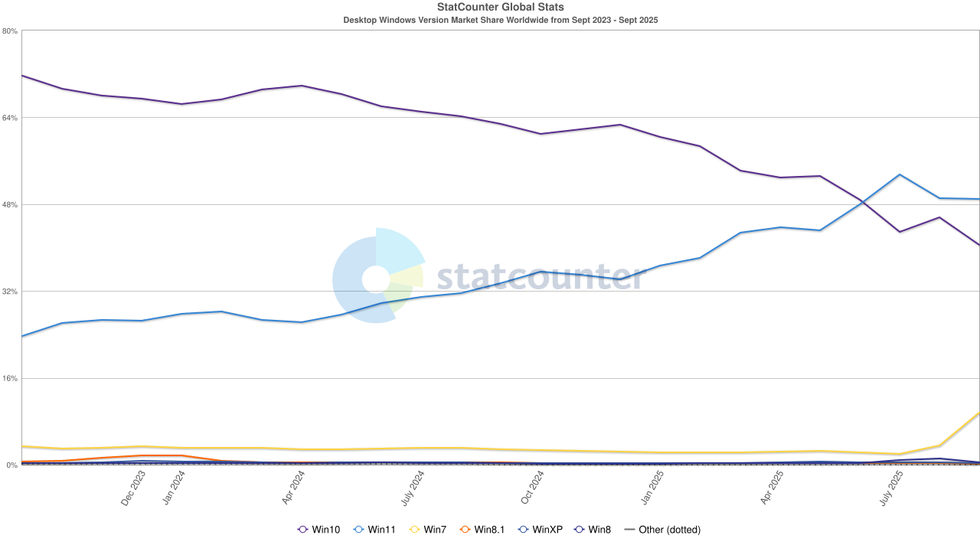
After two years of little movement, in the final few weeks before Windows 10 support ends, the market share of Windows 7 has suddenly spiked
|STATCOUNTER
It's a baffling turnaround for an operating system that's hovered around 2% market share for years.
Diving into StatCounter data, uptake of Windows 11 appears to have stalled in the last month, sticking around 48% of all PCs in use worldwide. Windows 10 continued to drop, as expected, now sitting at 40% of PCs.
However, switching to Windows 7 doesn't solve the biggest problem with Windows 10. Since Microsoft has also ended support for this operating system, it no longer receives regular security updates, meaning any vulnerabilities discovered in the software will remain for the foreseeable future.
Windows 7 launched worldwide in October 2009 and sold over 630 million copies before it was superseded by Windows 8 in October 2012.
Extended support finished in January 2020, while enterprise users could continue to pay for additional support for an extra three years, with the cost per device increasing exponentially each year to incentivise users to upgrade.
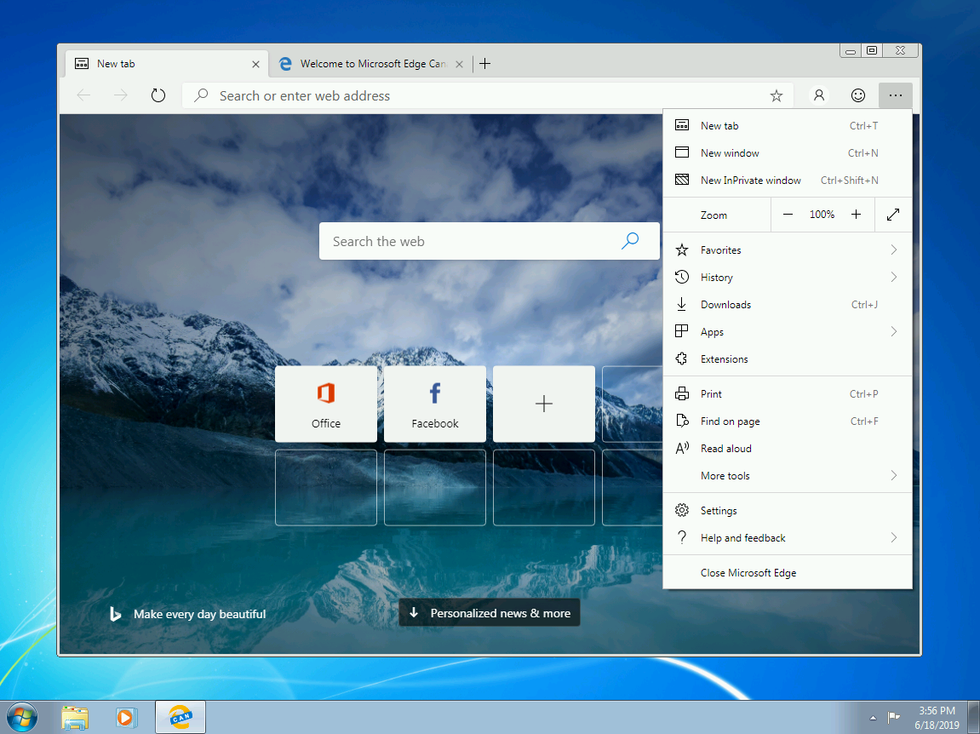
Windows 7 was first released 16 years ago, with support for the operating system ending over a half a decade ago
|MICROSOFT PRESS OFFICE
It's not a good idea to rely on any operating system that no longer receives security updates or bug fixes, especially when storing sensitive data, like spreadsheets with your family finances, family photos, passwords, and more. Windows 10 users can still enjoy these vital fixes for an extra year, but you'll need to start backing up your data via OneDrive to unlock this offer or pay $30 (£22) for the peace of mind of these additional bug fixes.
Without these vital security patches, Microsoft's warning about your device being at increased risk of malware and cybercriminals remains true. If you're looking to switch away from Windows 10, your best bet is to move to an alternative that still offers regular security updates.
Our Standards: The GB News Editorial Charter
More From GB News






